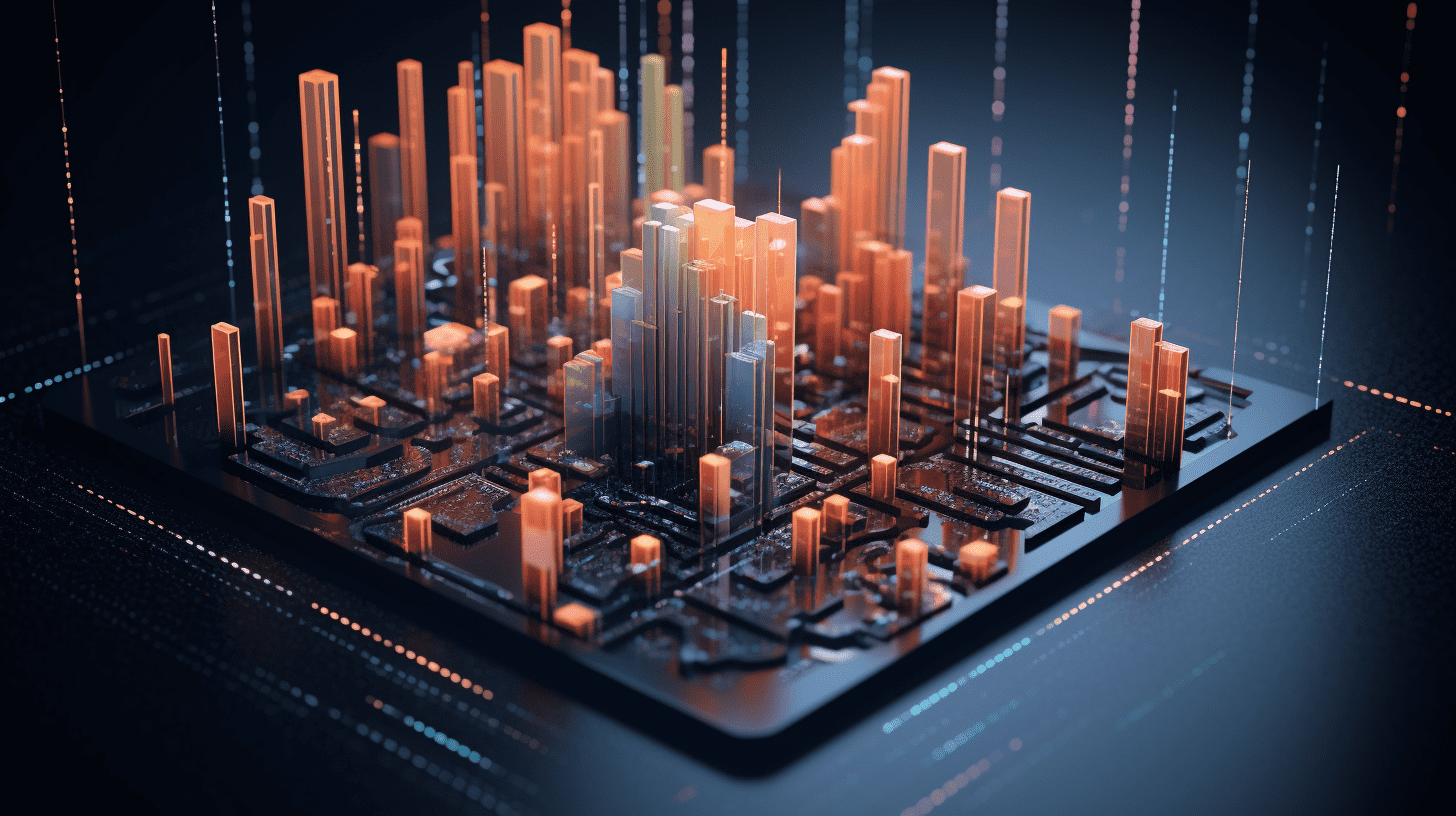Trump will deliver a AI strategy speech, planning to promote new policies to solidify America's leading position.
U.S. President Trump plans to give an important speech next week, outlining his vision for the development of artificial intelligence (AI).
President Trump plans to deliver a major speech next week outlining his vision for the development of artificial intelligence (AI) and proposing strategies to ensure that the United States maintains global leadership in this field. This will be his most significant statement on AI technology to date.
The event, titled "Winning the AI Race," will take place on July 23 and will be hosted by White House AI and Cryptocurrency Director David Sacks and co-hosts of the "All-In" podcast. A government official who preferred to remain anonymous stated that the speech will provide a comprehensive introduction to the AI action plan that the Trump administration is set to release.
The action plan was initiated by Trump shortly after taking office in January this year and is currently in its final stages of development. The plan, led by Sacks and White House Technology Advisor Michael Kratsios, has incorporated input from the industry. It is expected to be released by the end of this month, after which Trump will sign new executive orders to advance his specific policy agenda.
During his second term, Trump has expressed his commitment to promoting the development of AI in the United States, particularly in encouraging increased investment from the private sector and streamlining processes such as energy production permits. This Tuesday, Trump will also visit Pennsylvania to announce a new round of investments in AI and energy infrastructure.
During his campaign, Trump had shown a strong interest in artificial intelligence and promised to dismantle the "cumbersome" regulations put in place by the previous administration to unleash the innovation potential of AI. He immediately revoked an executive order issued by the Biden administration in 2023, which required AI development companies to undergo extensive security testing and submit transparency reports. Instead, Trump ordered Sacks to develop a new policy framework, known as the upcoming AI action plan.
In February 2025, the White House Office of Science and Technology Policy sought input from the industry on priority areas for AI development. Several companies, including OpenAI, submitted detailed proposals. OpenAI recommended that the federal government have primary authority over AI legislation, replacing the current situation in which states have independent regulatory policies. In exchange, companies would be able to open their AI models to the federal government for security reviews and capability assessments.
Parts of this proposal were included in the comprehensive tax and spending bill introduced by Trump, which included a provision to prohibit states from enacting AI-related legislation for the next 10 years. This provision was ultimately rejected by the Senate, though many technology leaders, including Silicon Valley investors Marc Andreessen and Joe Lonsdale, strongly supported retaining the measure.
Furthermore, Trump emphasized the need for the United States to ensure an adequate energy supply to meet the growing electricity demands of AI data centers. Bloomberg New Energy Finance data shows that by 2035, AI data centers will account for 8.6% of the total electricity demand in the U.S., significantly higher than the current 3.5%. The Trump administration advocates for the expansion of coal, natural gas, and nuclear energy generation to support the explosive growth of the AI industry.
Earlier this year, Trump announced a $100 billion investment plan for AI data centers, involving participants such as SoftBank Group, OpenAI, and Oracle Corporation. To further encourage innovation, the U.S. government also lifted export restrictions on AI chips that were imposed during the Biden administration, making it easier for U.S. allies to access advanced AI chips manufactured by NVIDIA Corporation and AMD.
Related Articles

Sino-US tariff "final deadline" approaching! US Treasury Secretary: Don't worry, negotiations are progressing smoothly.

Trump announces trade agreement with Indonesia, specific details have not been disclosed yet.

Hedge fund giant is about to increase allocation to Chinese stocks? Onshore funds achieve 14% returns, Bridgewater bets on policy support and valuation expansion.
Sino-US tariff "final deadline" approaching! US Treasury Secretary: Don't worry, negotiations are progressing smoothly.

Trump announces trade agreement with Indonesia, specific details have not been disclosed yet.

Hedge fund giant is about to increase allocation to Chinese stocks? Onshore funds achieve 14% returns, Bridgewater bets on policy support and valuation expansion.

RECOMMEND

Jensen Huang Confirms NVIDIA to Begin H20 Chip Shipments to China
15/07/2025

Manus Exits China Market Amid $500 Million Valuation, Prompting Concerns Over AI Agent Sector Outlook
15/07/2025

Trump to Allocate $70 Billion in AI and Energy Investment, Escalating the Race for Technological Dominance
15/07/2025


